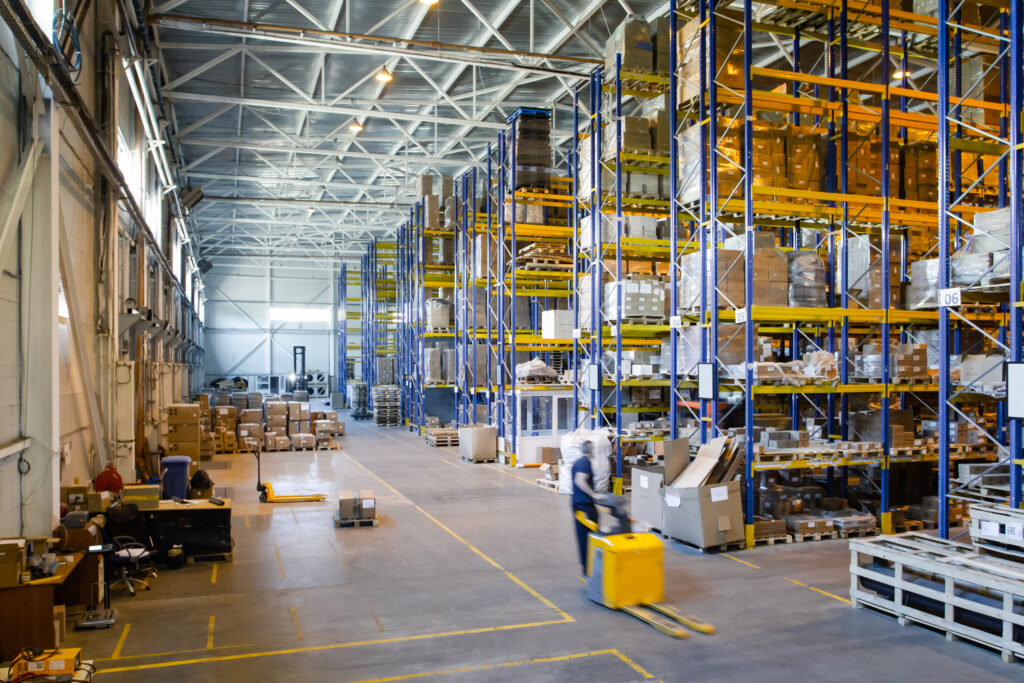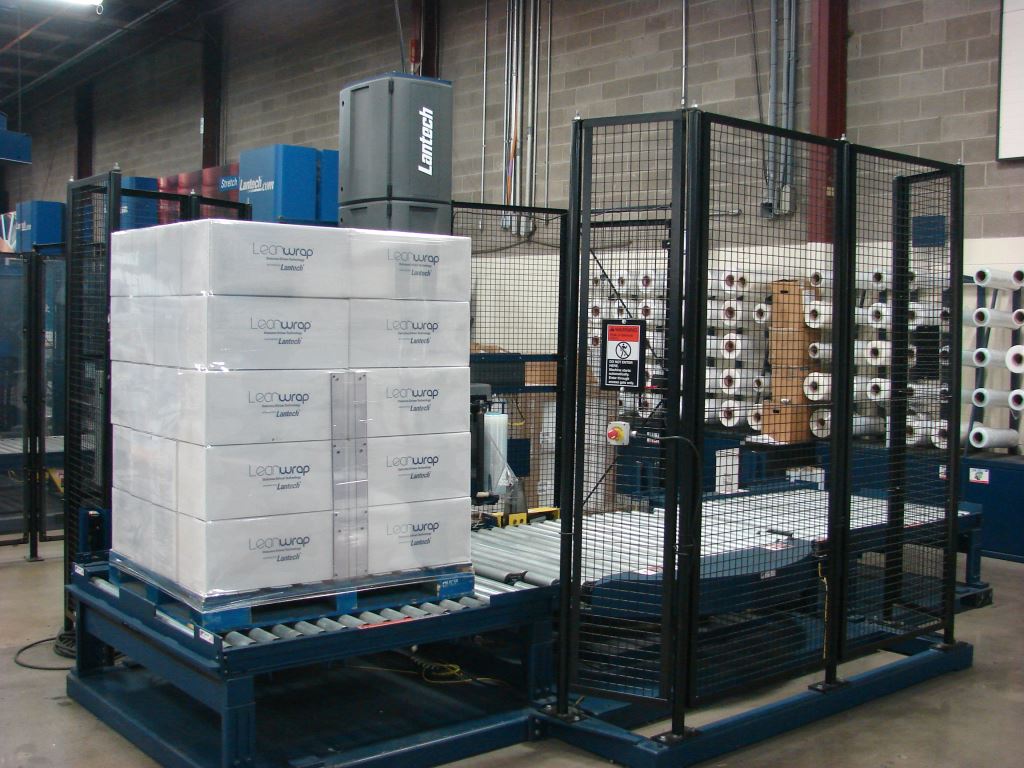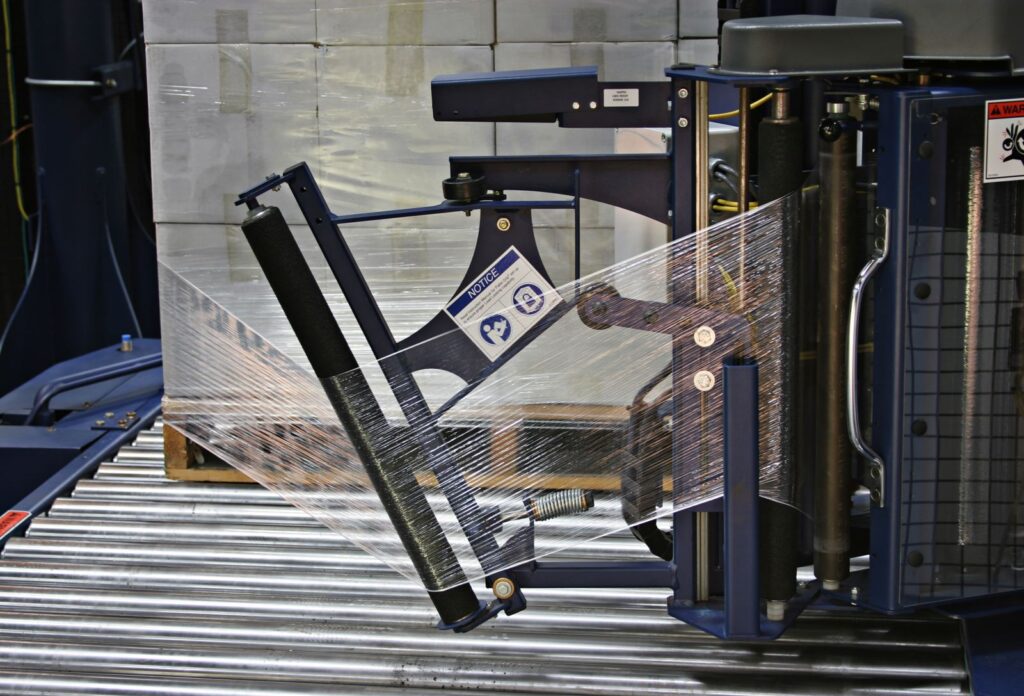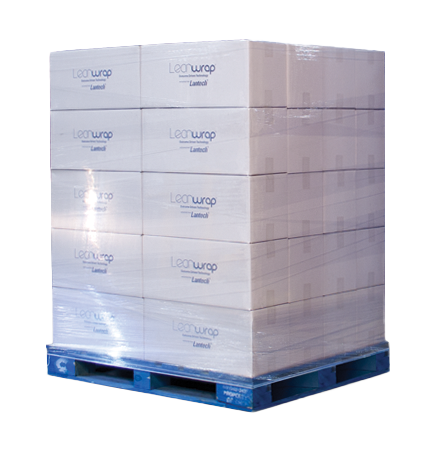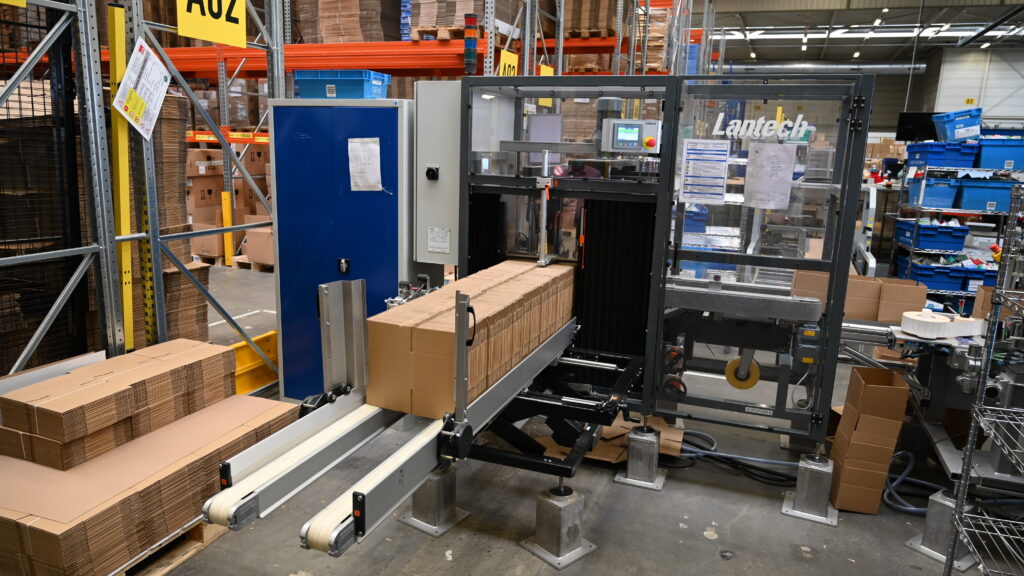In 2025, understanding the root causes of shipping damage is essential for effective shipping damage prevention. Common factors include inadequate packaging, rough handling, and environmental conditions such as humidity and temperature fluctuations. To prevent shipping damage, companies must analyze these causes and apply targeted strategies, focusing on how to prevent shipping damage effectively at each stage.
Understanding Common Causes of Shipping Damage
Shipping damage is a widespread issue within the supply chain that can impact costs, customer satisfaction, and brand reputation. Knowing how to reduce transit damage is critical for effective logistics management. Several common causes contribute to shipping damage, each requiring specific attention to reduce shipping damage.
- Inadequate Packaging: Choosing improper or insufficient packaging materials increases the risk of damage. Using suitable cushioning material helps secure products and prevent movement within the package.
- Poor Handling: Rough handling during transit can lead to breakages. Implementing strict handling protocols across the supply chain can significantly reduce this risk.
- Environmental Factors: Temperature and humidity fluctuations can impact sensitive items. Proper insulation and protective packaging can mitigate damage from these external factors.
- Insufficient Load Securing: Unsecured items on pallets or in containers can shift, causing damage. Ensuring all items are secured tightly helps prevent shipping issues caused by movement.
Choosing the Right Shipping Method
Selecting the right shipping method is essential for companies seeking how to avoid shipping damage and maintain customer satisfaction. Since 2015, logistics strategies have increasingly focused on specific needs like fragile items and perishables to prevent damage. Key domestic transportation options include:
- Ground shipping
- Air freight
- Rail transport
- Water transport
Each shipping method suits different product types. For fragile or sensitive products, prioritize options with stable handling and use of cushioning material to ensure prevention of shipping issues throughout the supply chain.
Choosing the Right Packaging Materials for Large Items and Pallets
For oversized items and palletized shipments, using the right packaging materials is essential to reduce shipping damages and prevent shipping damage. Proper materials stabilize heavy loads, minimize empty space, and protect items from impact.
- Stretch Wrapping: Ideal for securing items on pallets, stretch wrapping binds products tightly, reducing movement and damage during transit.
- Edge Protectors (Corner Boards): Reinforce corners and edges of large items, offering extra protection against impact, especially when combined with stretch wrap.
- Shrink Wrap for Large Goods: Provides a tight, protective layer for oversized items, safeguarding them from dust, moisture, and abrasions.
These materials reduce the risk of damaged products and keep shipping costs manageable.
Proper Packing Techniques
Applying correct packing techniques is essential to prevent shipping damage and minimize transit damage. Improper packing can lead to a damaged package and increased costs for replacements and returns. Ensuring secure packaging for each item significantly reduces risks during transit.
General Packing Guidelines:
- Use adequate bubble wrap and padding to cushion fragile items.
- Fill all empty spaces within the box to prevent movement.
- Reinforce box edges and corners for added stability.
- Ensure that heavy items are packed at the bottom to balance weight distribution.
Following these practices enhances product protection throughout the shipping journey.
Securing Product Loads to the Pallet
Stretch wrapping plays a pivotal role in limiting shipping damage by securely binding products to the pallet and creating a safe-to-ship load. However, its effectiveness depends on proper application. Insufficient containment force, for example, can leave products vulnerable to movement and damage during transit. Meeting containment force standards is crucial to maintaining load stability and preventing failures.
A key element of effective stretch wrapping is the creation of a load-to-pallet bond, which we call “Pallet Grip®”. This bond ensures that the load remains attached to the pallet, reducing the risk of tipping or shifting during shipping. Additionally, addressing details like loose film tails enhances the overall security of the wrap.
For businesses looking to optimize their pallet wrapping techniques, resources like our Containment Force Recommendations chart and Machine Stretch Wrapping guide can provide valuable insights into improving stretch wrapping efficiency and reducing shipping damage.
How Do You Minimize Cargo Damage
As shipping evolves in 2025, companies must adopt comprehensive strategies to prevent shipping damage and minimize losses. Effective methods to reduce shipping damage include selecting appropriate packaging, securing items to avoid empty space, and preventing improper handling throughout the shipping process.
Implementing Quality Control Measures
Regular quality checks help ensure that products are packed securely and arrive without issues. These include inspecting for damaged products and verifying that all packaging standards are met. Adopting quality control not only reduces the likelihood of damage but also lowers shipping cost associated with replacements and customer complaints. Knowing how to avoid shipping damage through such measures provides long-term protection for products and enhances customer satisfaction.
FAQ
1. What are the main causes of shipping damage?
Shipping damage often results from improper packaging, excessive load weight, vibrations, mechanical impacts, and mishandling during transit.
2. How should cargo be secured on a pallet to minimize damage risks?
Ensure even weight distribution, use anti-slip sheets, and secure loads with strapping bands or stretch film.
3. Does the type of packaging material impact shipping safety?
Yes, high-quality packaging materials such as multi-layer cardboard, foam inserts, or bubble wrap significantly reduce damage risks.
4. How do I choose the best transportation method to prevent damage?
Consider the type of cargo: fragile items are best transported by air, large shipments by sea, and mixed cargo by rail or truck.
5. Is it worth insuring shipments against damage?
Yes, cargo insurance provides financial protection in case of damage, especially for long-distance or high-value shipments.

